In apartments and houses of high humidity zone are a bathroom, a bathroom and a kitchen. We tell what paints are suitable for walls and ceilings in these rooms, and explain the whole process of painting from A to Ya.
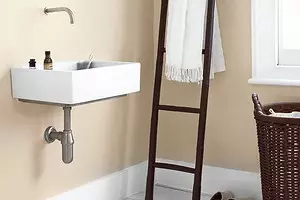
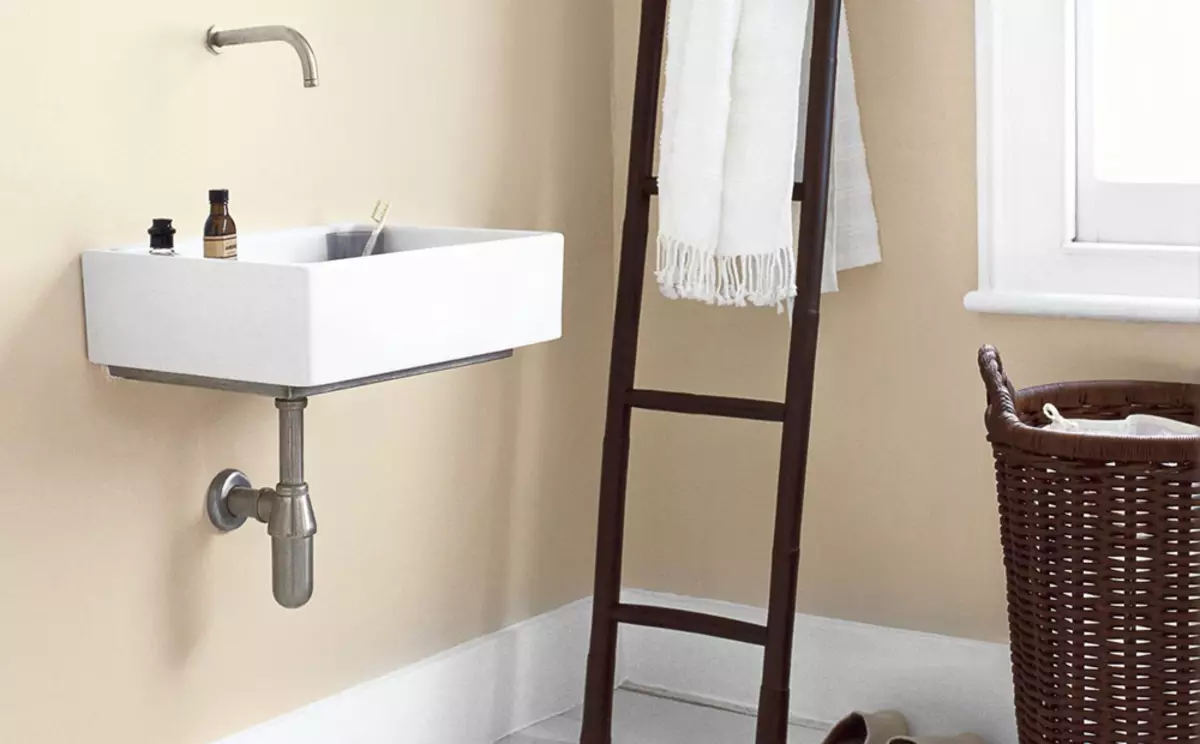
Photo: Akzo Nobel
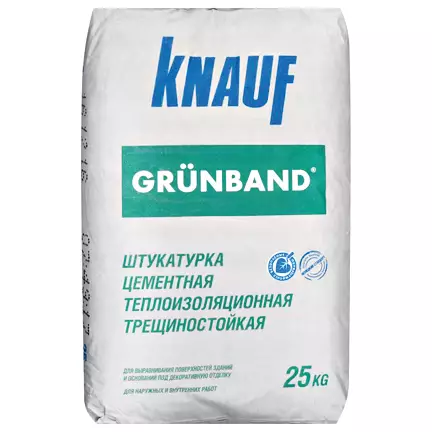
Plaster cement thermal insulation Knauf-Grunbandand (UE. 25 kg - 238 rubles). Photo: Knauf.
The bathroom and toilet area is most often small - about 3-4 m². At the same time, the cost of capital repairs or arrangement of these premises in the new building is higher than any other. The combination of work here is more, assessed their more expensive, especially if there is no integrated finish of the entire dwelling, but local. The most difficult situation when the repair goes in a residential apartment. Households periodically need to be in the bathroom and, of course, in the toilet. Therefore, the owners insist on the maximum acceleration of the process, which also affects prices and can negatively affect the quality.
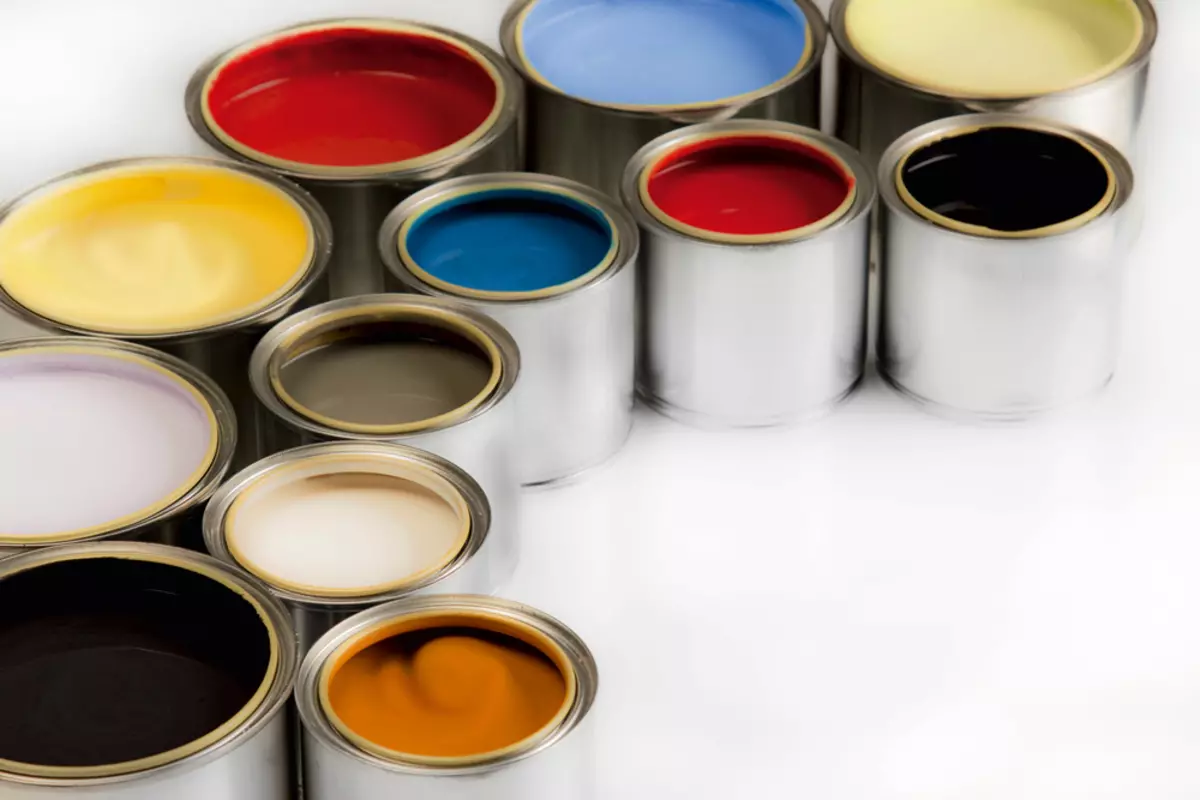
Photo: shutterstock / fotodom.ru
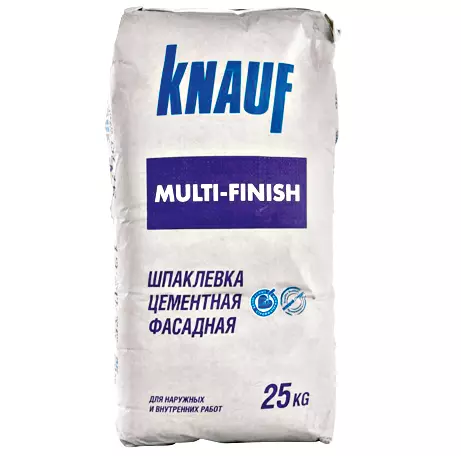
Shptelka cement facade Knauf multi-finish (UE. 25 kg - 406 rub.). Photo: Knauf.
How to act, if there is no other way out? Reduce repair and save funds to help the full or partial replacement of ceramic cladding on paint. The base under it is equalized by cement compositions or sheet materials on a cement basis. Carefully preparing the surface once, then it can only be updated, spending a small amount for a new colorful composition. And, by the way, not to spoil the trim of corridors, experts advise them to repair them after bathrooms and kitchens.
What is important to consider?
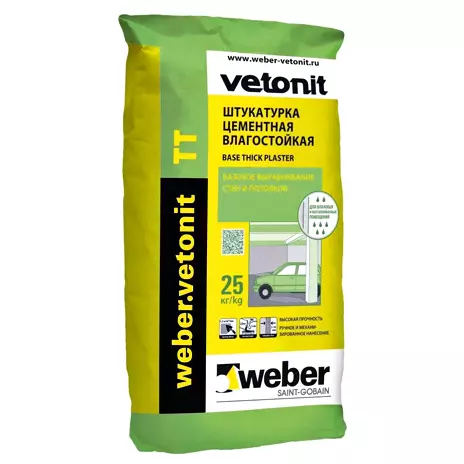
Plaster cement moisture resistant Weber.vetonit TT (Saint-Goben) (UP. 25 kg - 231 rub.). Photo: "Saint-Goben"
On the walls and ceilings of wet rooms often appear spots of mold and fungus, divorces, cracks, which ultimately leads to the detachment of aligning layers and decorative coatings. The negative effects of the influence of the wet environment can be avoided, if it is responsible to refer to the preliminary preparation of the surface and the process of staining. But it costs to check natural and if necessary for the arrangement of forced ventilation.
Tip Leave open doors or windows after bathing or cooking, so that the moisture leaves faster, it is unlikely to consider serious. After all, the ventilation of the apartment is organized as follows. Air in sufficient quantities should flow into residential premises through open windows, windows or supply valves in PVC windows and outdoor walls. Then through the lower cutters or ventilation holes in the door, it is sent to sanitary nodes, a kitchen, utility rooms, from where exhausted devices. That is, the cause of excessive humidity in the bathroom can be absolutely sealed windows and doors at home. And if the hosts are not abused by ventilating, fearing the blowing of heat, then the problem of the lack of oxygen is added to the problems of dampness.
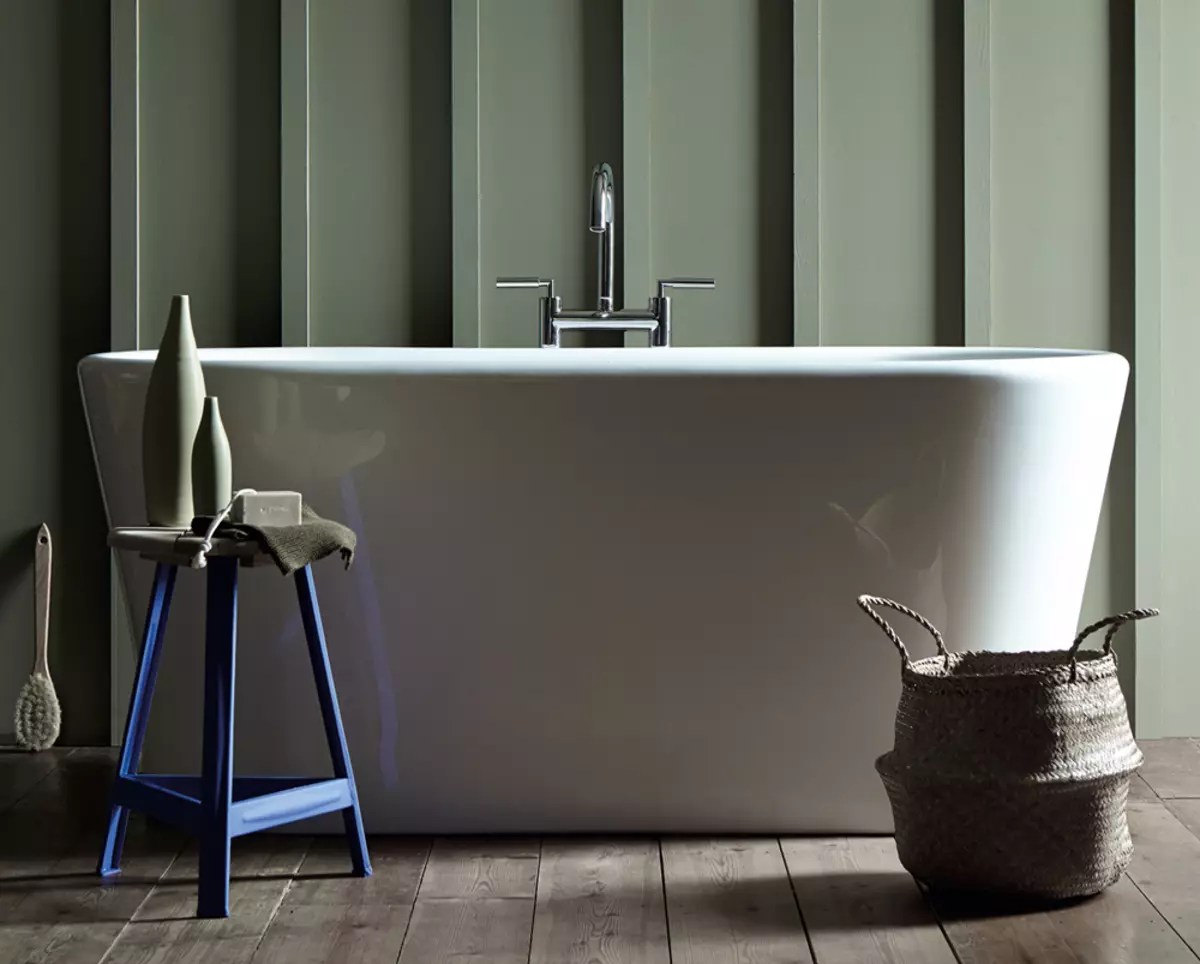
Wet cleaning of walls are carried out with a soft sponge, and there is always a surface from below-up. Photo: Little Greene
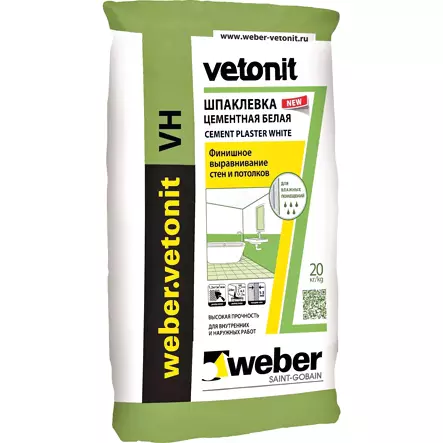
Putclotka cement Weber.vetonit VH ("Saint-Goben") (UE 20 kg - 520 rubles). Photo: "Saint-Goben"
Suppose there are no problems with ventilation, the bases of wet premises are aligned with moisture-resistant cement plaster and putty. Then it remains only to choose the soil and paint for the walls and the ceiling, which will be resistant to carry the differences of moisture and temperature, without losing consumer properties and appearance. Such specialized products offer almost all known companies specializing in the production of paints and varnishes: International Concern Akzo Nobel (trademark Dulux), Beckers, Benjamin Moore, Caparol, Farrow & Ball, Little Greene, MEFFERT, Teknos, Tikkurila, Rogneda, " Empils. In addition, after the acquisition of the compositions of one manufacturer, doubt the compatibility of soil and paint will not have to.
Preparation of walls under painting
Soils
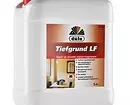
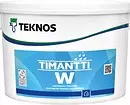
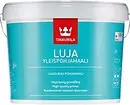
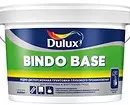
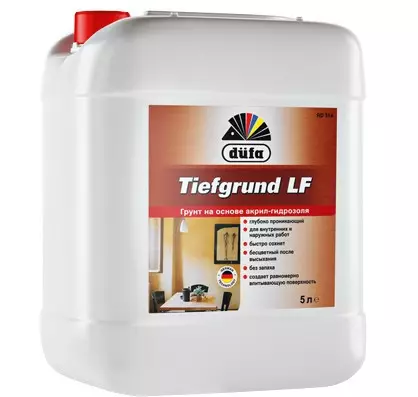
Soil Düfa Tiefgrund (MEFFERT) (UE. 5 l - 682 rub.). Photo: MEFFERT.
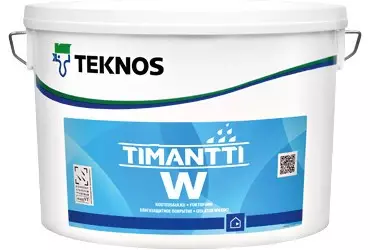
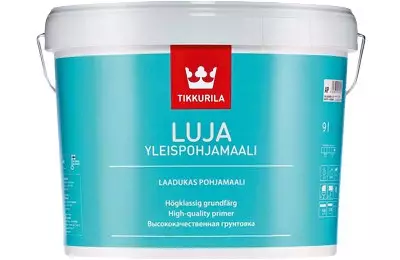
Universal primer Luja (Tikkurila) (UP. 2.7 L - 2045 rub.). Photo: Tikkurila.
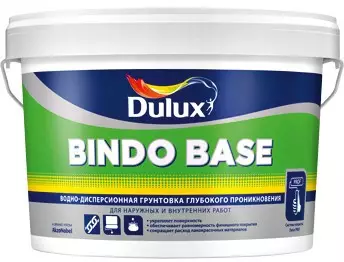
Universal primer Dulux Bindo Base (UP. 2.5 L - 319 rub.). Photo: Akzo Nobel
Before staining, a durable fine-pouring base formed by cement levevating mixtures is covered with universal soil. His main task is to take the surface and make its water absorption more uniform.
After drying the soil, paint is applied for wet rooms. It consists of fungicides that prevent the damage to the fungus and mold. The result is resistant to wear and rupture, as well as a hygienic colorful layer. It dries "on the low" quickly, for 1-4 hours, but complete polymerization and a set of coating strength can last from 14 to 30 days, depending on the type of material and layer thickness. During this period, it is permissible to touch and exploit the painted walls, but with active cleaning it is necessary to postpone. And in general, it is not necessary to forget that the walls with paint, resistant to multiple wet cleaning, are quite sensitive to mechanical effects. Therefore, they purify them more accurately and carefully than ceramic facing.
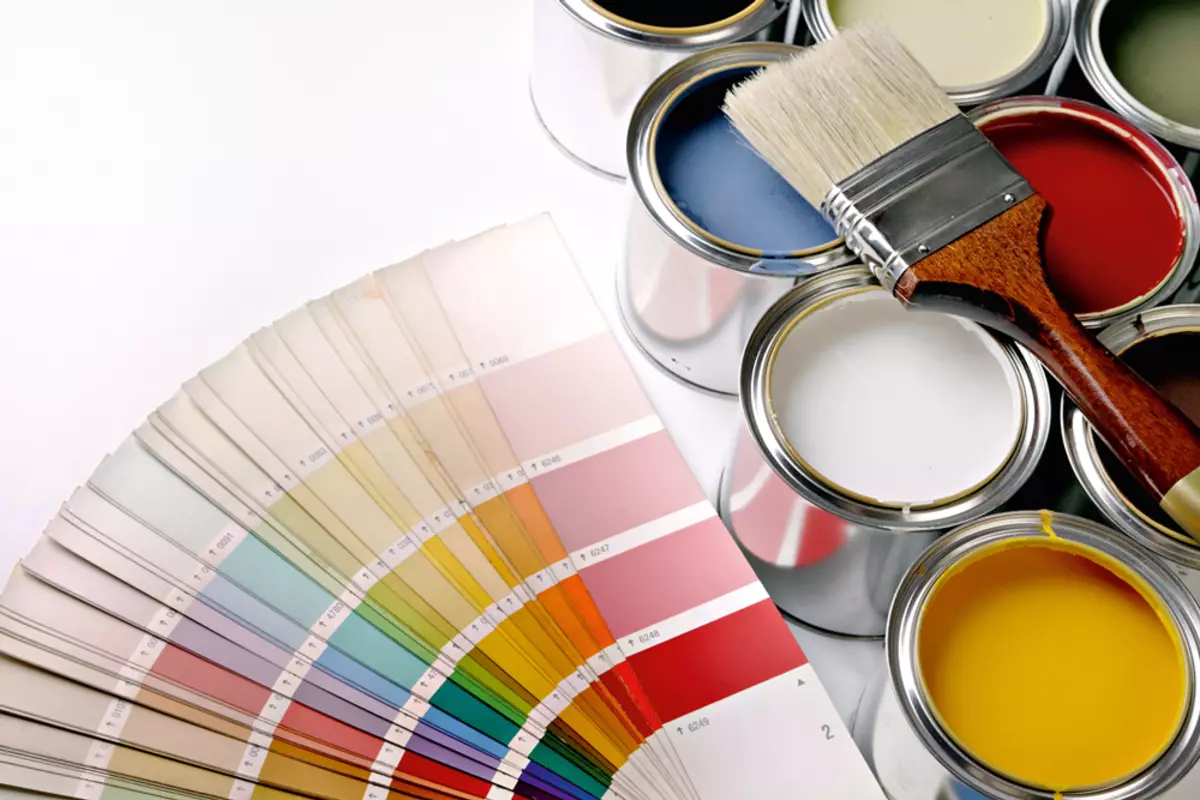
Photo: shutterstock / fotodom.ru
Plaster and shtclowing
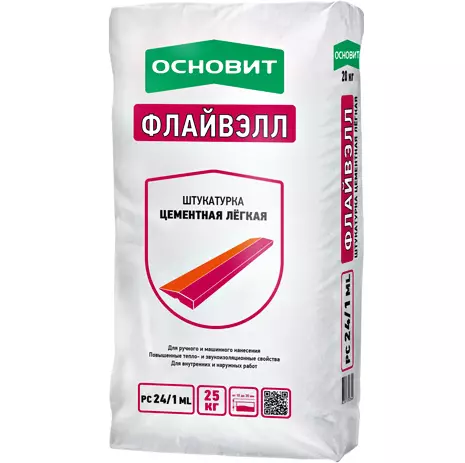
Flywell Plaster Cement Light ("Best") (UE. 25 kg - 286 rubles.). Photo: "Best"
For basic alignment of walls and ceilings in wet rooms, moisture-resistant cement plasters are used. The optimal value of the layer for these materials is 20 mm. The large thickness can cause the appearance of cracks due to the shrinkage of the cement mortar during the hardening process. The layer of 30-40 mm at a time is permissible to distribute only cement plasters, which includes a light aggregate. General rules for maintaining construction work indicate that cement bases are poorly compatible with plaster leveling mixtures, and vice versa. The interaction of cement with plaster (in the absence of a layer of soil) can lead to detachment of materials. And if the base in the bathroom is aligned with plaster on a cement basis, then the optimal finish layer will be cement fine-dispersed putty. It forms a fairly smooth and smooth surface for subsequent staining.
The base, aligned with the finish shlatovka, is correctly primed up with the composition of that company whose paint is planned to be used for decorative decoration.
Stages of surface preparation for coloring
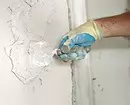
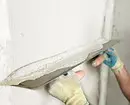
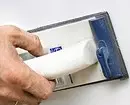
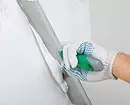

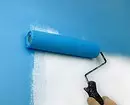
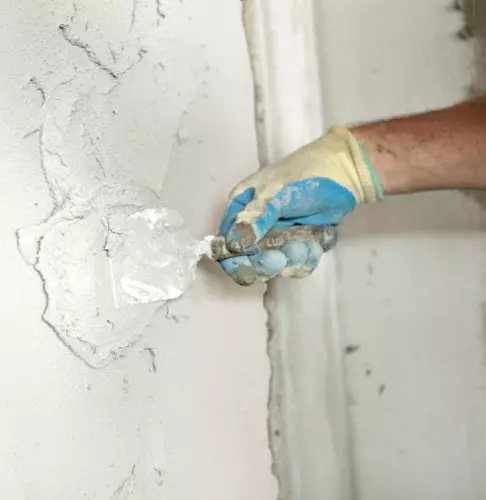
Initially, substances are removed, worsening the adhesion of the base: dirt, dust, fat, poorly holding old coatings. Windows and other surfaces that are not processed are protected by polyethylene film. A cement plaster mixture of Weber.vetonit TT or Weber.vetonit TT40 is applied to the base (with the required layer thickness, respectively, up to 10/40 mm). Photo: "Saint-Goben"
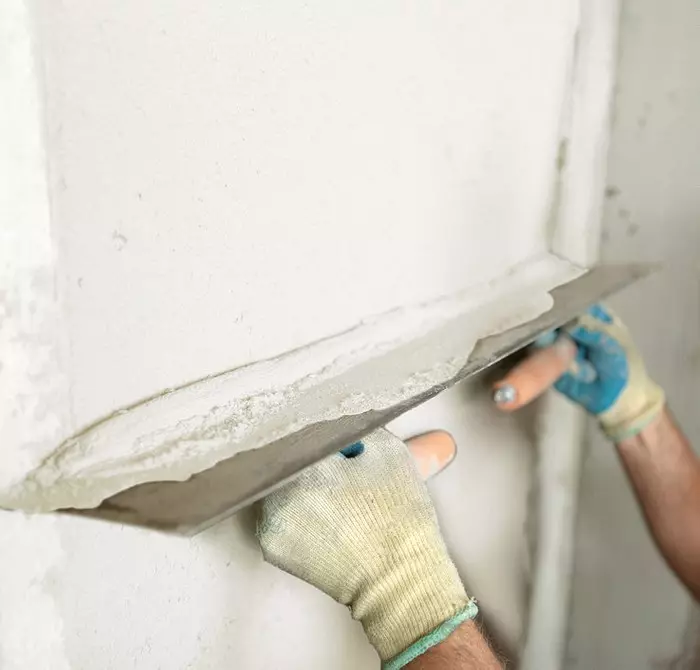
For solid alignment, a two-handed steel spatula is used. Photo: "Saint-Goben"
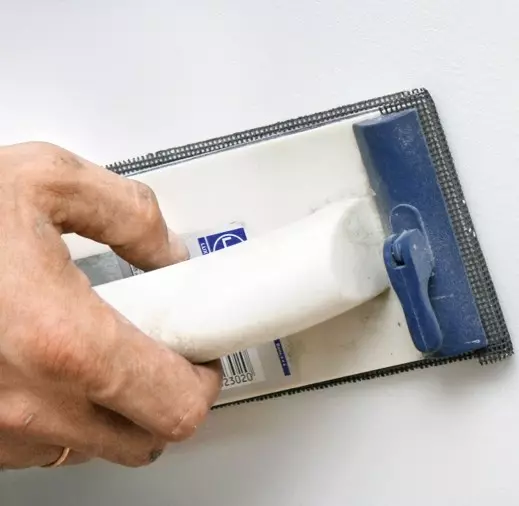
After drying, the layer of plaster grind and divert. Photo: "Saint-Goben"
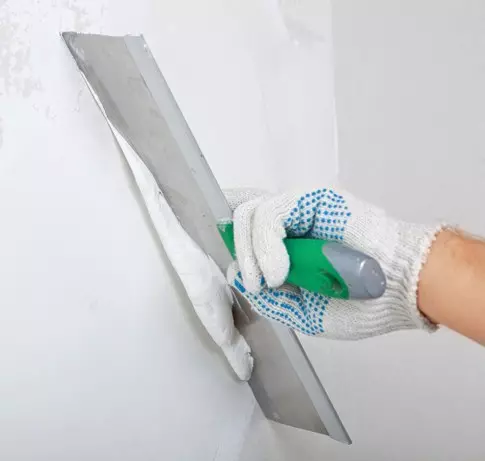
The finishing alignment is carried out by the super-brass moisture-resistant cement plaque Weber.vetonit VH. Photo: "Saint-Goben"
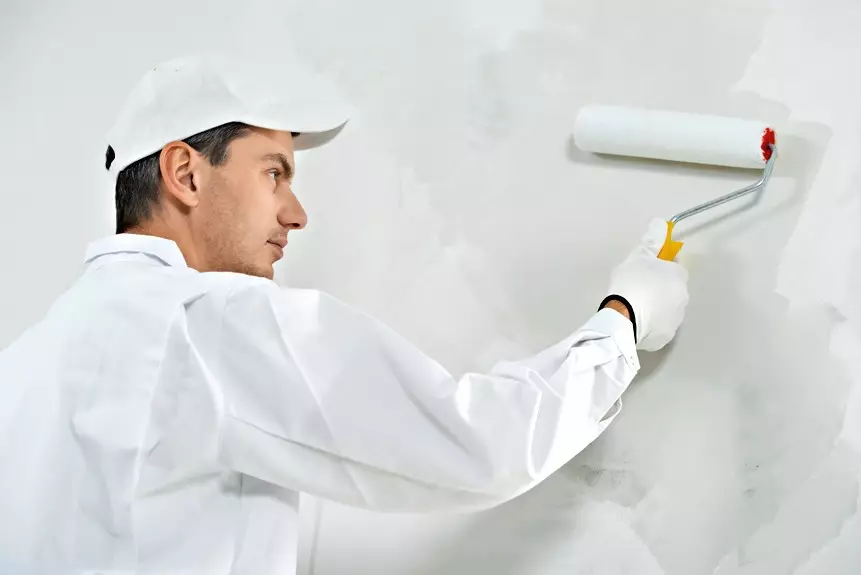
The dried layer is spoiled again, divened and covered by the Weber.prim Multi primer. Photo: "Saint-Goben"
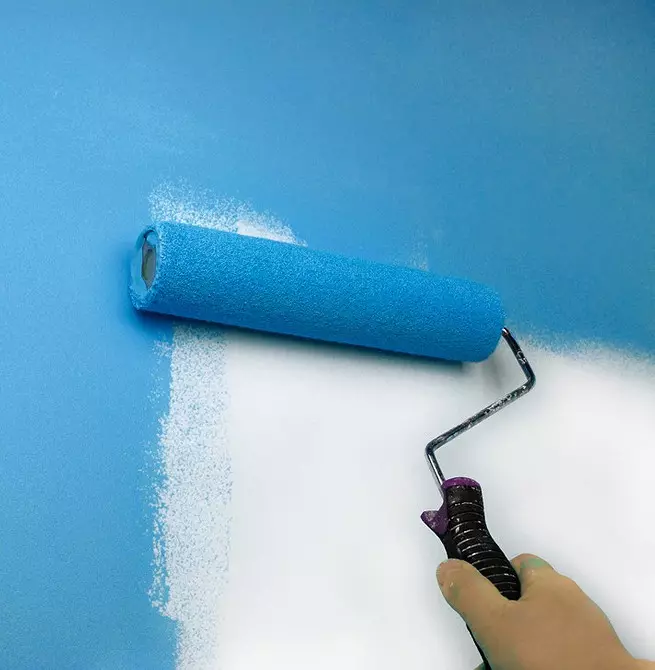
After drying it, the surface is ready to paint. Photo: "Saint-Goben"
How to paint walls in wet rooms
Useful lifehaki
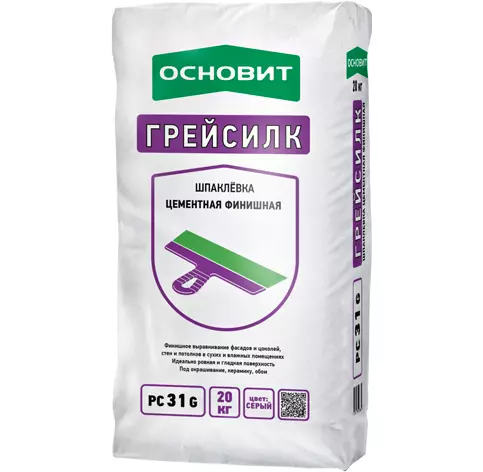
GRASYLK Ploveska cement finish ("Best") (UE 20 kg - 356 rubles.). Photo: "Best"
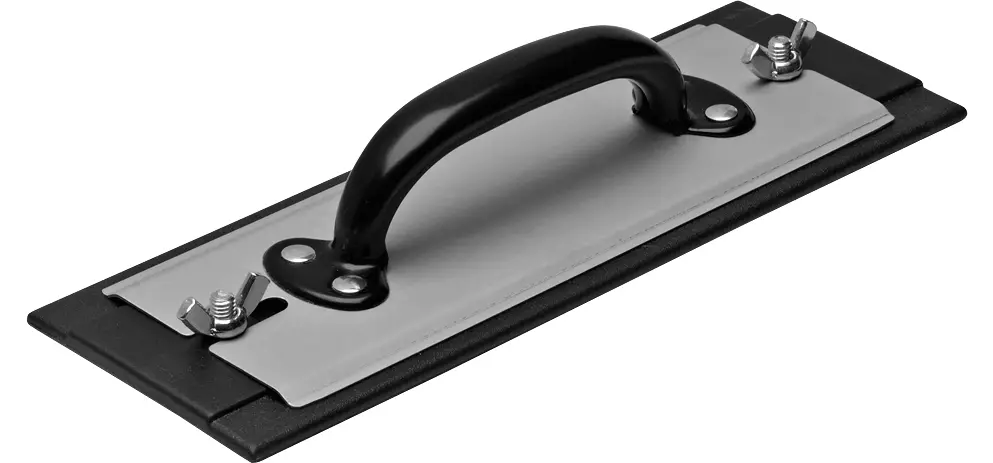
When preparing the surface, the grinding tool is used. Photo: Anza.
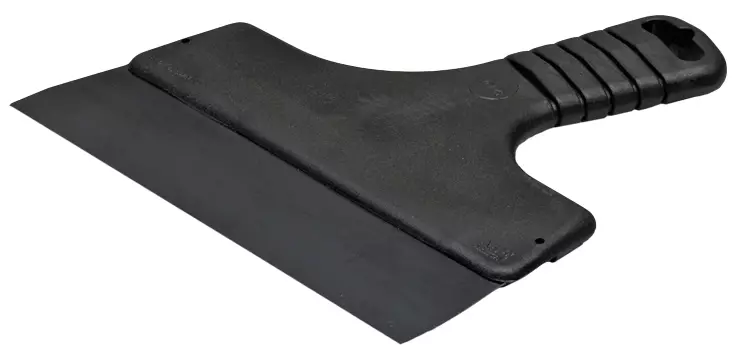
Putty knife. Photo: Anza.
The paint is applied to the base in two layers. The permissible range of air temperature and surface - from 5 to 30 ° C. Although the temperature is optimal for staining and ceilings in the room - 15-20 ° C, with relative humidity of 50%. In the midst of the heating season, humidity, as a rule, is reduced to 20-30%. If finishing works are performed at this time, it is worth considering that water-dispersion paints in such conditions will be too fast to dry and noticeable traces from the layers of old and new smears may remain on the stained base. You can prevent this fairly common phenomenon in different ways, for example, to increase moisture in the room by installing a humidifier, or to pre-dilute the paint, adding water to it (but not more than 10% of the total volume).
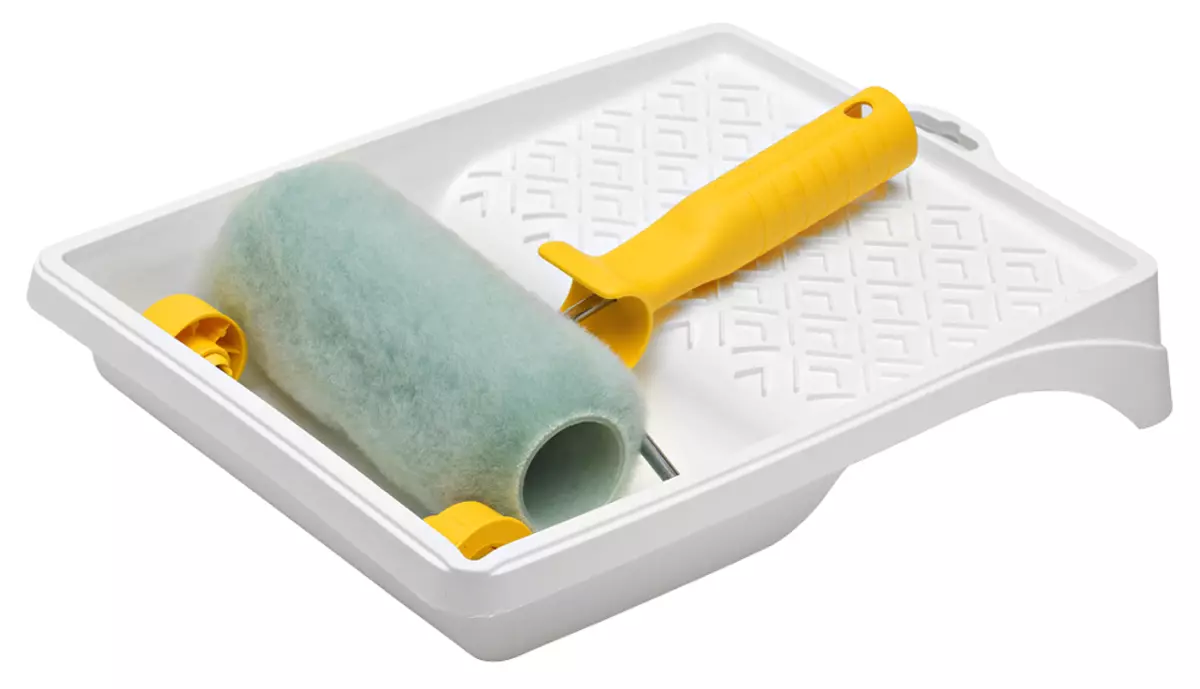
Based on the composition distribute roller. Photo: Anza.
Experts advise to start a decoration from the ceiling, after which go to the walls. In this case, the paint drops that accidentally falling on the untreated surface, it is easy to erase or paint. A pre-small paint brush is applied to the corners, the ceiling edges, the top of the plinth and places adjacent to the windows and doors, after which the roller is distributed over large areas.
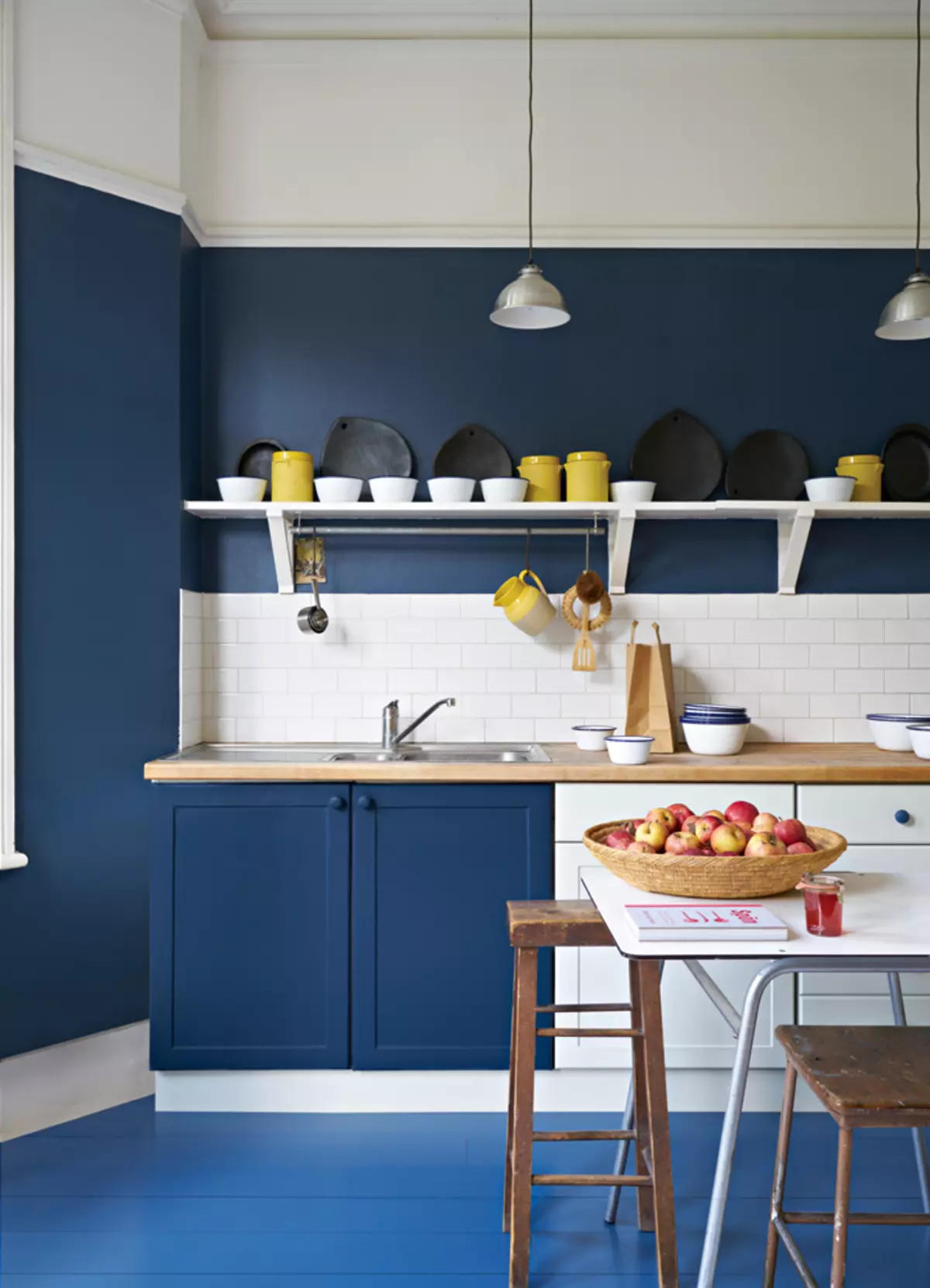
For cleaning of painted walls, do not use agents and devices that can scratch the surface, ethyl alcohol and organic solvents that can damage paint are not used. Photo: Farrow & Ball
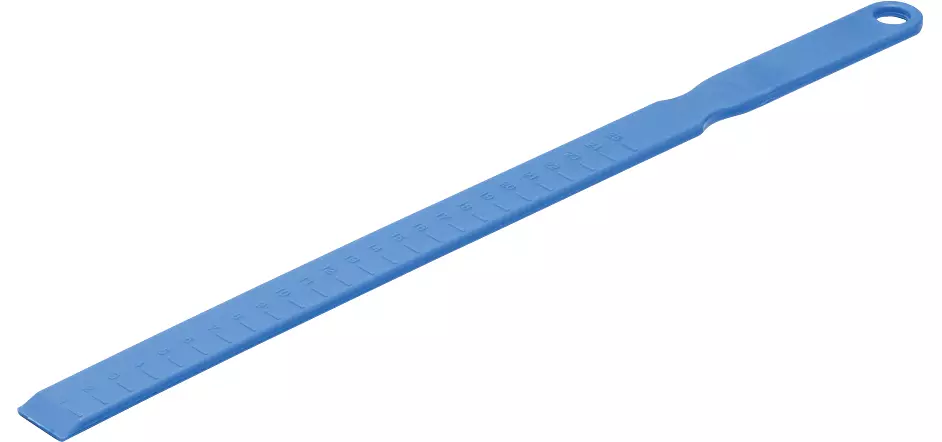
In a small jar, the paint is stirred by a special wand. Photo: Anza.
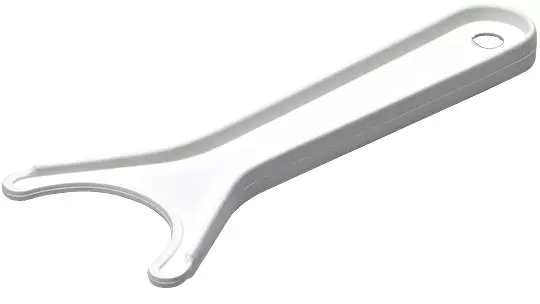
A special scraper is used to clean the roller. Photo: Anza.
After completion of the work, clean the tools so that they can be used again. The remains of water-dispersion compositions are removed with warm soapy water. For materials on organic solvents, cleaners are used on a similar basis. Then the tools are carefully wiping and dried to prevent corrosion and extend the service life.
Painting consumption standards on the package correspond to the thin layer on the smooth surface of the middle absorbency. For a slightly rough base of the material, you need more.
How to paint the walls in the kitchen
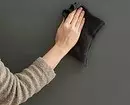

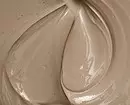
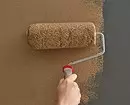
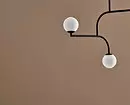
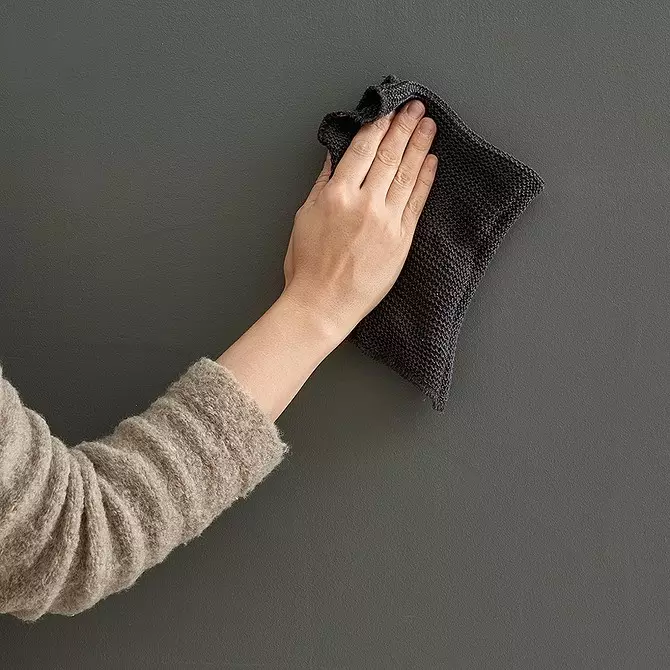
The surface of the wall is cleaned before processing, if necessary, wipe the detergent and give dry. Photo: Tikkurila.
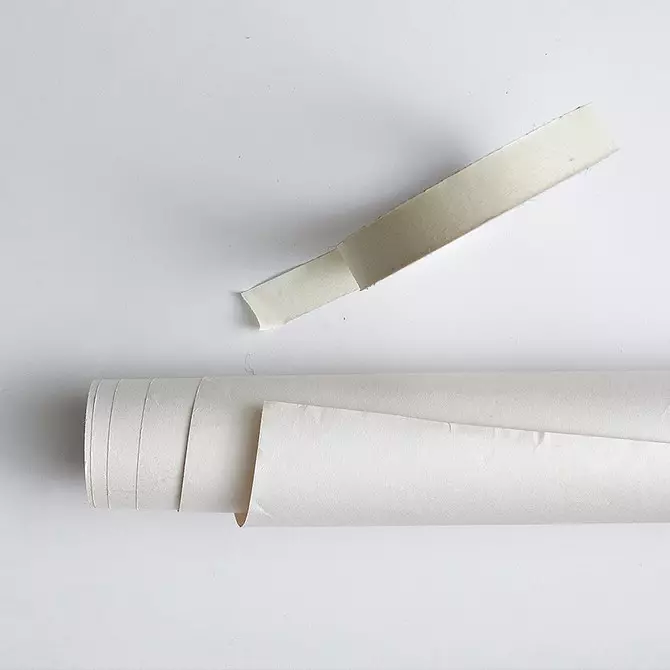
To protect other surfaces from paint contacts, glutch tape paste on the plinth and lay the floor with polyethylene or paper
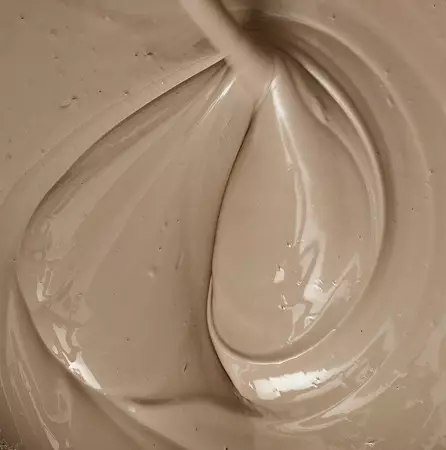
The paint is thoroughly mixed and poured a little in a raner tray.
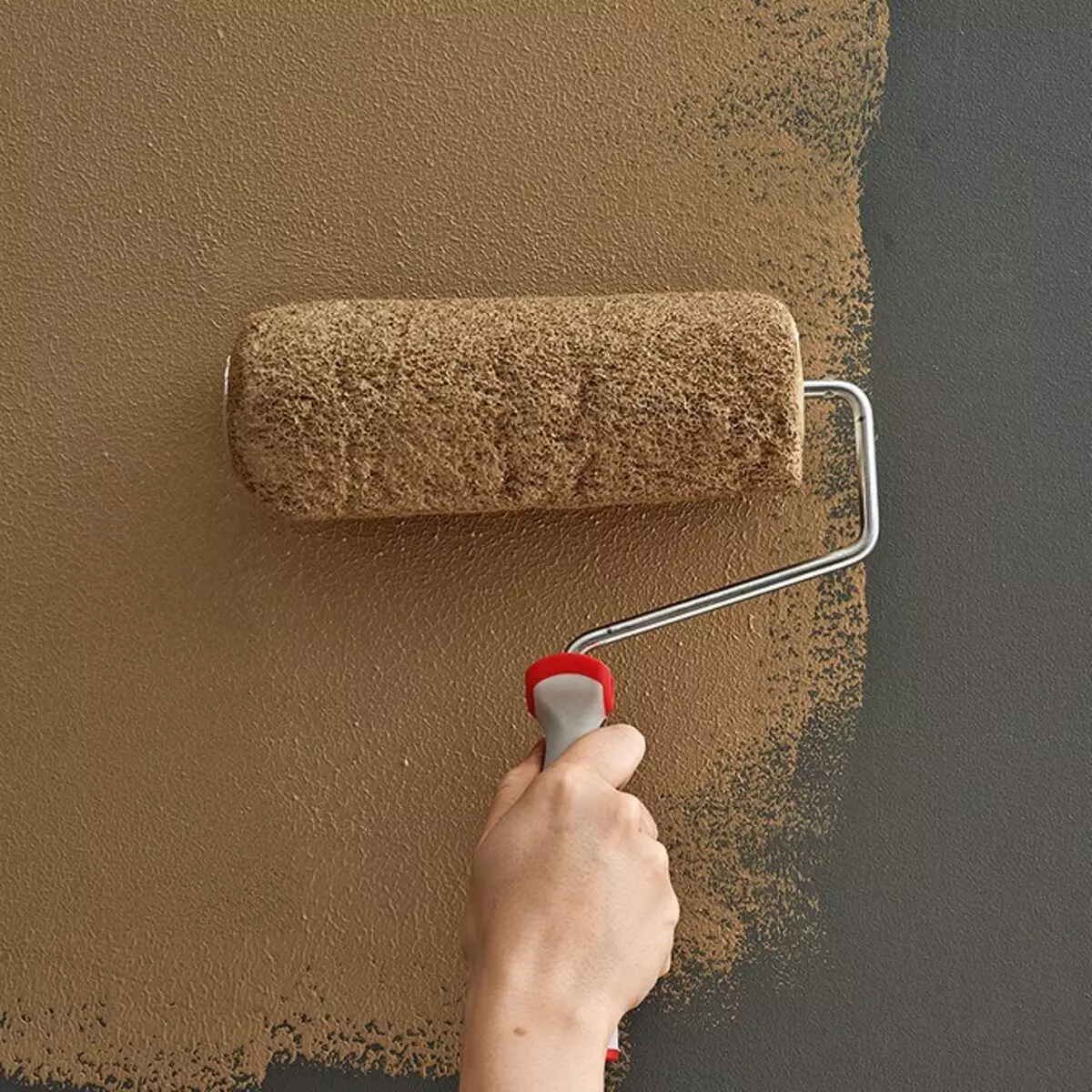
Walls are painted with roller in two layers with intermediate drying
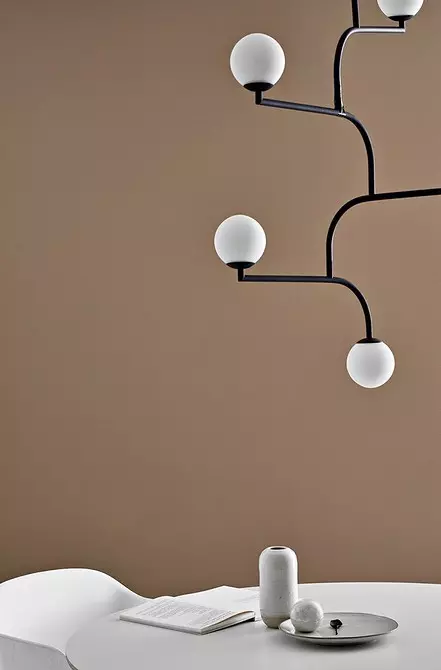
Malyary Scotch remove before paint dries
If the paint is not fully used, wipe the edges of the can, close it tightly with the lid and turn upside down to the bottom to ensure tightness. From a large capacity, paint is desirable to pour into a smaller jar by reducing the amount of air above the surface, close tightly and put it in a dark cool place. Store modern formulations can be quite long. According to manufacturers, for water-dispersion paints is 1-3 years. After all, even a small amount can be useful for local repairs.
How to paint furniture in wet rooms
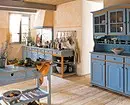
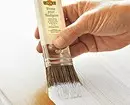
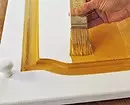
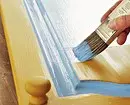
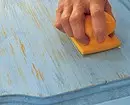
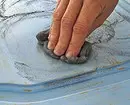
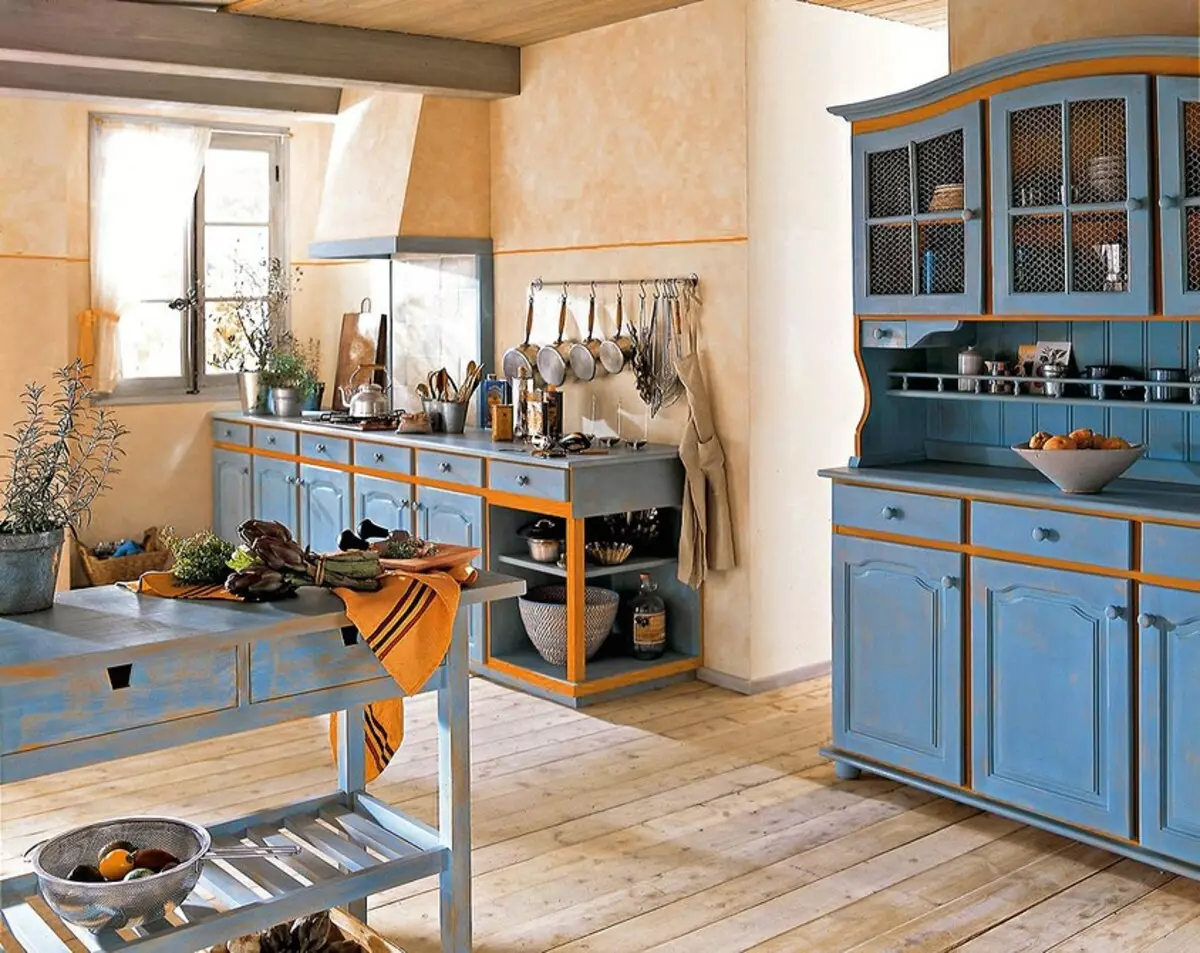
Photo: Liberon.
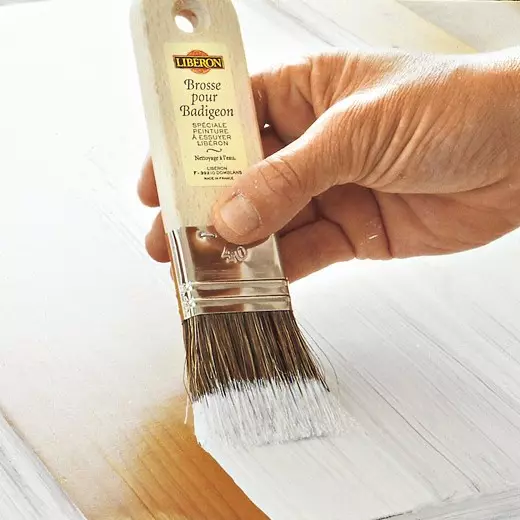
For convenience, wooden doors of kitchen cabinets are pre-removed. On a clean, dry, degreased surface with a soft bristle, a wood brush is applied, which is designed for restoration, surface protection and compatible with any finish coating.
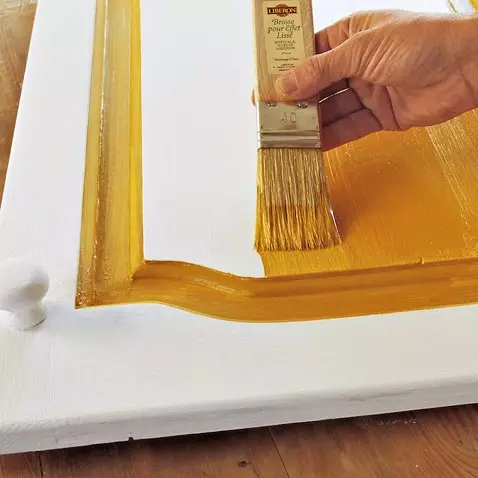
After drying the veil (after 2 hours), the acrylic paint is applied for a yellow-color tree by the movements of the brush, for example from top to bottom
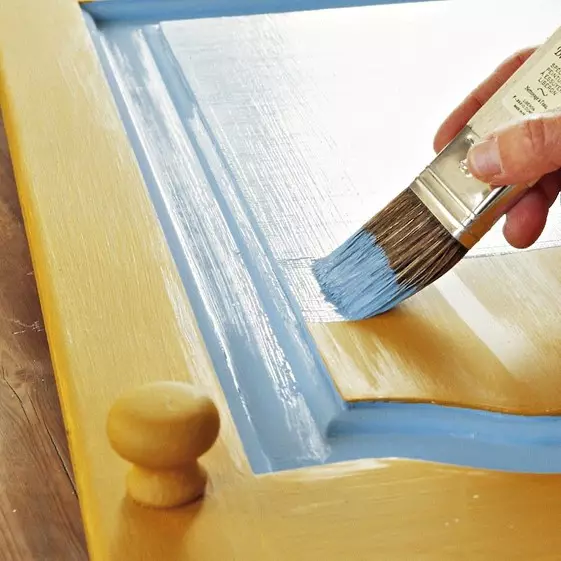
When the layer is dry (after 2 hours), the paint is caused by the paint with the movements of the brush from left to right (perpendicular to the bottom layer)
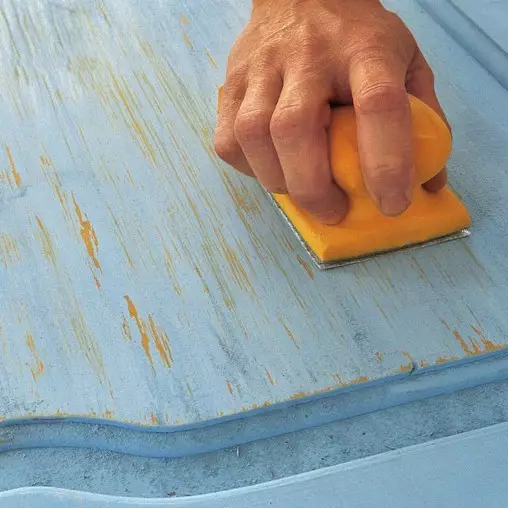
The like layer (after 2 h) is treated with a grinding skin of medium grain (P210-P240) so that the latter paint appears in places, as well as angles and edges.
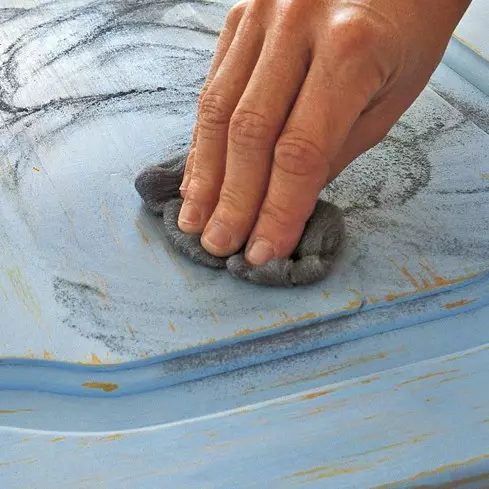
In conclusion, the surface of the fine metal washcloth with circular motions
How to choose paint
Semimas and semi-men
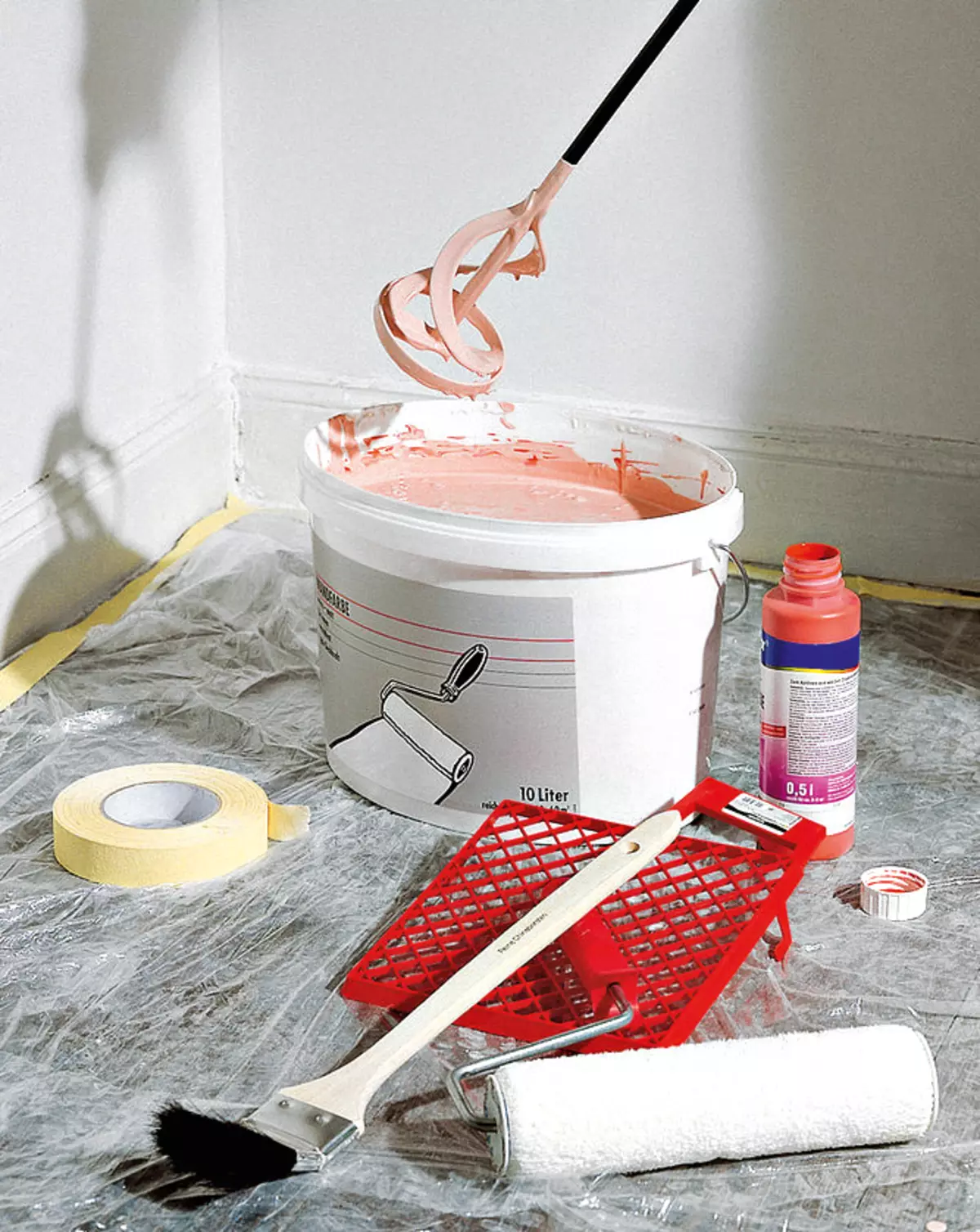
Quickly mix the base of large volume and the kel helps the mixer for the paints and the electric drill. Photo: Anza.
Do you know how the degree of gloss affects the color perception? The glitter gives the surface dynamism, causes the color to play, but at the same time shows the flaws of the preparation of the base. The matte colorful layer brings peace and harmony to the interior. The color of the surface becomes soft, and the light, scattering through it, hides the irregularities of the base. The ideal choice for premises, actively used during the day, are half-one and semi-alone paints. It is they who are more suitable for walls and ceilings in wet zones. And different lighting techniques of such surfaces will help create interesting and unusual light effects. For example, when the wall illumination, the colorful glitter will become brighter and more noticeable.
Paints for wet rooms
Mark. | Dulux Ultra Resist. Kitchen and bathroom | Düfa Schimmelschutzfarbe To protect against mold | Dali. For kitchen and bathroom | Luja 20. | Timantti 20. | Bath Paint. |
Manufacturer | Akzo Nobel | MEFFERT. | "Rogned" | Tikkurila | Teknos. | Sherwin Williams. |
| Diluent | Water | Water | Water | Water | Water | Water |
Flow per 1 layer, m² / l | Up to 15 | 10 | Up to 12. | 5-8 | 4-10. | 8.6-9.8. |
| Time before applying the next layer | four | 3. | one | four | 2. | one |
Recommended primer | Dulux Bindo Base. | Düfa Tiefgrund LF, D 314 | DALI Soil-concentrate moisture protection | Universal Luja | Timantti W. | — |
| Packaging, kg. | 2.5 | 2.5 | 2.5 | 2.5 | 2.7 | 3,66. |
price, rub. | 1861. | 923. | From 499. | 2520. | 2655. | 4900. |







